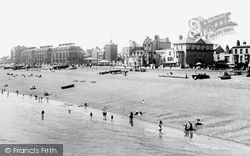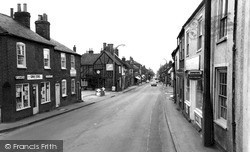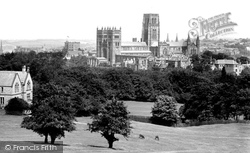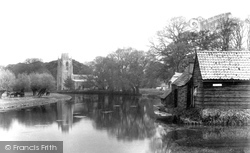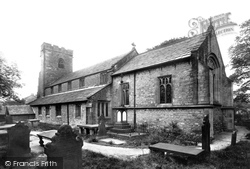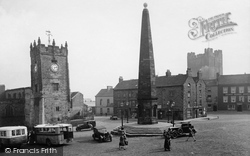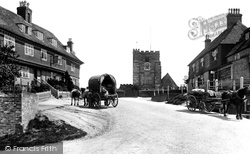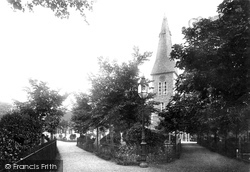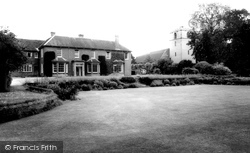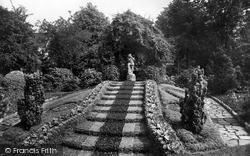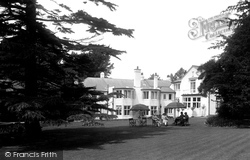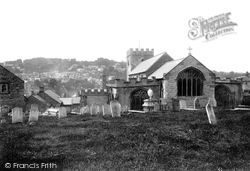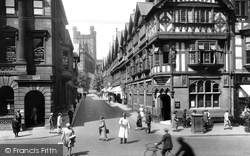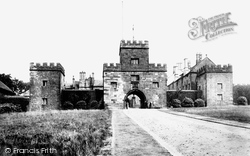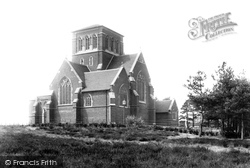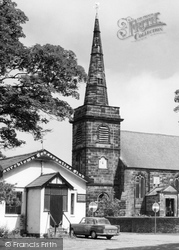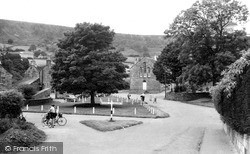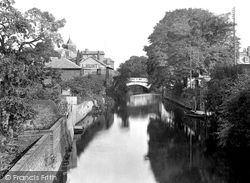Places
36 places found.
Those places high-lighted have photos. All locations may have maps, books and memories.
- Poplar, Middlesex
- Bow, Middlesex
- Bethnal Green, Middlesex
- Stepney, Middlesex
- Alton Towers, Staffordshire
- Isle of Dogs, Middlesex
- Limehouse, Middlesex
- Spitalfields, Middlesex
- Barjarg Tower, Dumfries and Galloway
- Bromley, Middlesex
- Stratford Marsh, Middlesex
- Tower Hill, Merseyside
- Tower Hill, Essex
- St George in the East, Middlesex
- Wapping, Middlesex
- Globe Town, Middlesex
- Old Ford, Middlesex
- Cubitt Town, Middlesex
- Tower Hill, Cheshire
- Tower Hill, Surrey
- Bow Common, Middlesex
- Mile End, Middlesex
- Millwall, Middlesex
- Ratcliff, Middlesex
- Warmley Tower, Avon
- Tower Hill, Hertfordshire
- Tower End, Norfolk
- Tower Hamlets, Kent
- Tower Hill, Devon
- Tower Hill, West Midlands
- Blackwall, Middlesex
- North Woolwich, Middlesex
- Hackney Wick, Middlesex
- Shadwell, Middlesex
- South Bromley, Middlesex
- Tower Hill, Sussex (near Horsham)
Photos
1,787 photos found. Showing results 2,441 to 1,787.
Maps
223 maps found.
Books
1 books found. Showing results 2,929 to 1.
Memories
637 memories found. Showing results 637 to 637.
Captions
3,007 captions found. Showing results 2,929 to 2,952.
In the centre of this picture is the Time Ball Tower, used for supplying the correct time to the anchored vessels.
In 1554, the sick and feeble Princess Elizabeth (later Queen Elizabeth I) was dragged from her bed at Ashridge to be brought to the Tower of London.
The long, battlemented single-storey building immediately in front of the west towers is the Galilee Chapel, built by Bishop Hugh Le Puiset, who was known more affectionately as Bishop Pudsey (1153-1195
The church of St James at Hemingford Grey comprises a chancel, a vestry, north and south aisles, a nave, a tower and a south porch. In 1741, the spire was blown off in a great gale.
The tower dates from the 15th century and the nave from the 16th century; the church remained unaltered until 1881, when it was decided to lengthen it and build a new chancel.
Trinity church was given a neat new look in 1923 when a number of shop buildings were removed from around the tower - many still remain lower down.
It was designed by Aubrey Thomas in a very free style, with the two mythical liver birds perched on the top of its towers.
The large squat tower of St Mary's was built between 1638-40 at a cost of £750.
The new town hall is built of Portland stone, with a 144- foot clock tower. The bell that sounds the hours weighs two tonnes, and is the heaviest bell in Bedfordshire.
The present broach spire was built replacing the smaller one on the tower and a new organ installed.
The church is unbuttressed, with a west tower and Perpendicular bell-stage and a very fine chancel all dating back to the 13th century.
Queen Victoria's Golden Jubilee was celebrated not only with the Clock Tower, but also with an extensive tree-planting project along selected roads leading into Rugby (see Clifton Road overleaf
In the centre of this picture is the Time Ball Tower, used for supplying the correct time to the anchored vessels.
In 1879 the prince's stand burnt down, and was replaced on a larger scale, with a tower at the rear.
The slums of the Gorbals were cleared, and in their place in the 1960s arose enormous tower blocks; in recent years they have been demolished to make way for low-density housing of a more humane
Although the Scots pine on the right has now been removed, the one on the left still towers over the spacious gardens at the rear of the hotel.
The tower was thought to date from the 12th century, but repairs in the winter of 1994 revealed a much earlier window, dating from about AD 980, in the south wall of the ringing chamber on the second
careful restoration programme was under- taken by Sir George Gilbert Scott, the well known Victorian architect, who added battle- ments, pinnacles and buttresses, but yearned most of all to top the tower
The Tower will always be associated with the visit of James I when he dubbed a simple loin of beef 'Sir Loin'. Thomas Hoghton built most of what we see here in 1565.
The square crossing tower has an unexpected pyramidal roof, possibly in place of an intended spire.
The tower and surmounting spire were refurbished in 1850. The Conservative Club is housed in what was once the Grammar School. Built in 1729, it became a National School in 1826.
This book takes us to a failed spa, a Pierrot show, and a water-tower named after an elephant. It incorporates turn-of-the- century markets and 1950s beaches.
A tower is the only remaining part of the abbey itself. It was dissolved in 1535, and remained mostly intact until 1850, when mining brought a demand for housing.
Entering the town, you may see some of the following: several acres of Victorian housing, from railway-side terraces to detached, self-confident villas; a church with a nice green spire; a white tower-block
Places (38)
Photos (1787)
Memories (637)
Books (1)
Maps (223)




